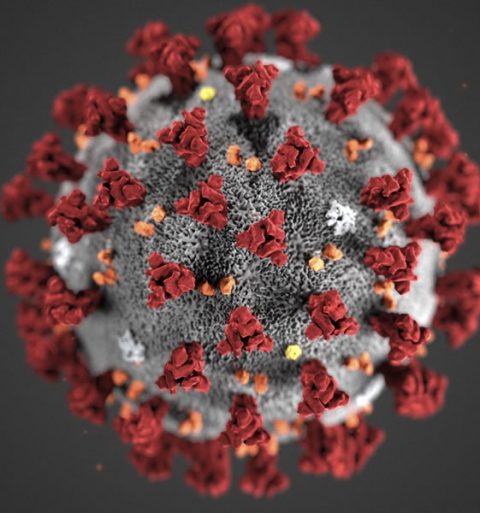Clinical Bulletin
As of January 1st of 2020 SB177 goes into effect which facilitates the safe transportation and treatment for IEA patients being transported from hospital emergency departments to New Hampshire hospital or designated receiving facilities. The major change in law is the option for clinicians to choose between ambulance or sheriff for transportation of these patients based on medical necessity and risk to either transport personnel.
The following should be considered at all times,
- At all times ambulance personnel are to consider the safety of the scene, which in the case of an interfacility transport is from leaving the sending facility to the transfer care at the receiving facility
- Patients have a documented medical necessity for ambulance transport
- For patients that have a medical necessity for transport but pose a risk of harm to the ambulance crew, it is advised that transport be conducted by an ambulance but in conjunction with the assistance of the sheriff department.
- If, in the course of ambulance transport, the condition of the patient changes that results in the appropriate use of restraints, a re-evaluation of the destination facility and their ability to accept the patient should occur and the use of restraints should be appropriately documented
- On page #2 of this bulletin (Clinical Bulletin #61) the Clinical Considerations of Transport Decisions for Transferring IEA Patients from Hospital EDs can be found for reference. This chart has been distributed to all stakeholder groups.
More information can be found on the below link for SB177 Recorded Webinar/ Presentation with Stakeholder Group,




